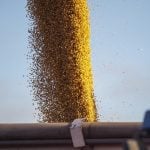
Tag Archives Canola Council of Canada
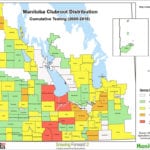
Eight new clubroot cases found in Manitoba canola this year
Manitoba Agriculture wants to hear from farmers who suspect clubroot in their fields
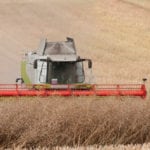
Straight-cutting canola growers urged to be patient on desiccant spray
Producers may be chomping to get the crop off the field, but experts say an early desiccant application in canola might mean loss of quality
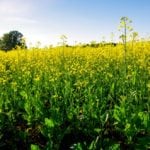
Sclerotinia a moving target this season
Farmers faced a tougher than normal choice on whether to spray for sclerotinia this year

Canola dodges the worst of the damage
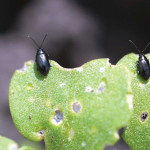
Ideal flea beetle weather hits canola fields hard
Flea beetle damage has been enough to tip the scales for some producers considering reseeding their canola
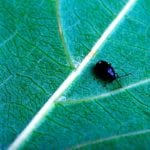
Worst year ever for flea beetles?
June 10 is the deadline for full crop insurance coverage in Canola Area 2
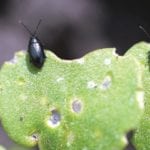
Thin canola stands mean less margin for error for flea beetles
The Prairie Pest Monitoring Network warns that farmers may want to spray once flea beetles start eating a quarter or more of cotyledon leaf space

Manipulator OK’d for 2018 crop, progress on quinclorac
The list of products exporters don’t want farmers using on their crops is being revised

Fall stand counts pegged as a better measure for canola production
CanoLAB speakers say it’s time to add a fall stand count to the schedule to see how close that target density really is

CanoLAB adds soybeans to the agenda
The two-day event hoped to get a better idea on managing canola and soybeans for growers who increasingly want to grow both

